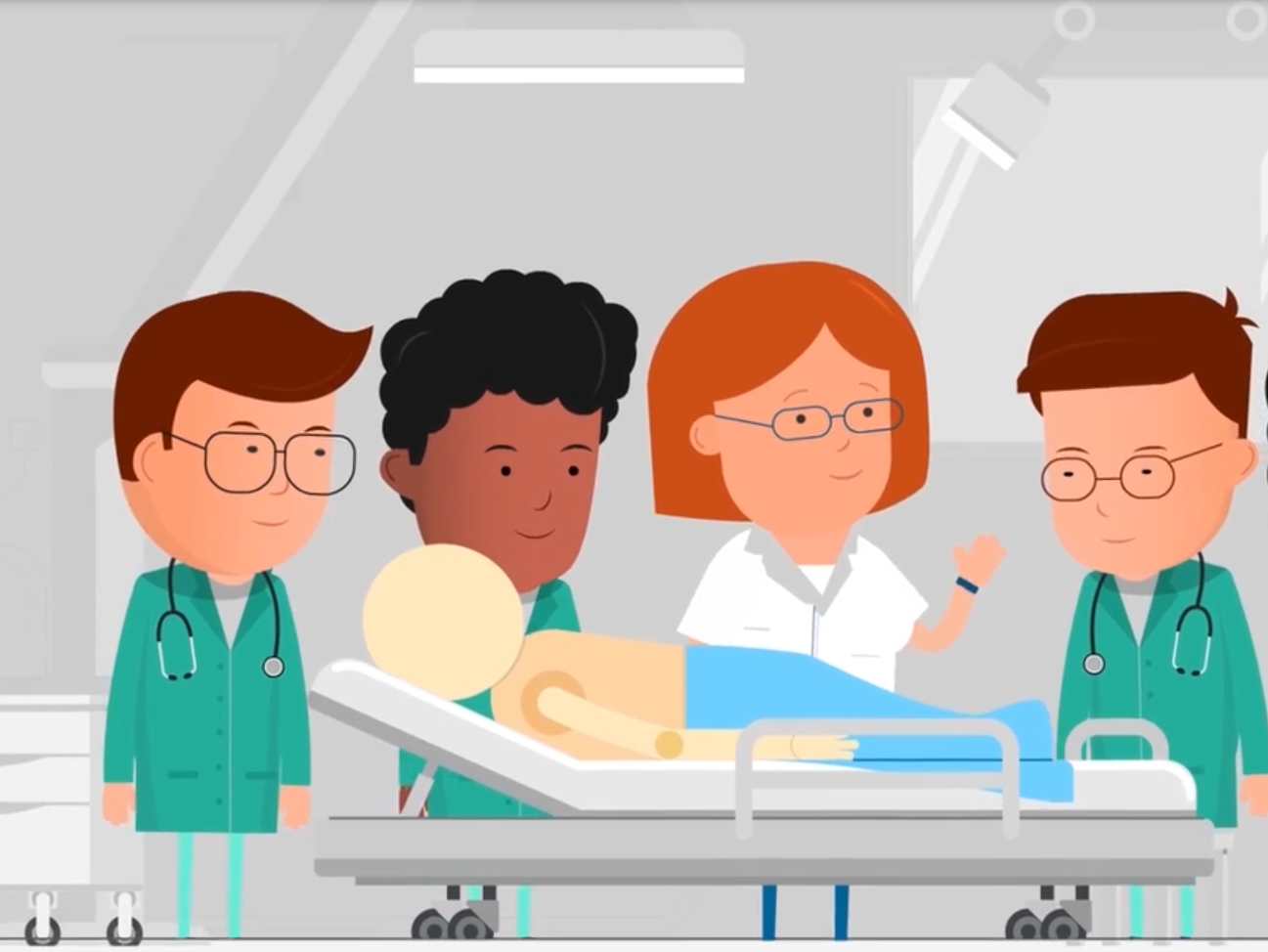VR Helps Transform Medical Healthcare Industry

For junior doctors and medical students, training result can be a hit or miss from time to time. Without an actual patient in need of medical care, students sometimes train with actors who plays the role of a patient, rehearsing various difficult scenarios. Sometimes students would examine a dummy, while his or her colleague pretend imaginary symptoms such as "dropping blood pressure" or "looking confused and sweaty".
For the most part, the trainee's imagination needs to get the job done. Regardless what the pretended situation is, he or she must respond as a urgent care doctor taking care whatever situation is presented to them. And the medical student will probably get several practice sessions like this per year.
Trainings like this typically takes place in hospitals. Yet with the global pandemic that is going on, students are no longer able to visit hospital to receive trainings in order to reduce the risk of catching COVID-19. As a result, a number of medical schools and university are turning to virtual reality to substitute onsite trainings.
Dr Jack Pottle, founder of VR medical simulation company, Oxford Medical Simulations (OMS) says
"Using mannequins and actors in hospitals is a very common way of training people nowadays, and it works: we can see that that reduces errors, we can see it improves care. But it is not a scalable way of delivering that training, it's very expensive, low throughput, you need lots of space to be able to do it,"
OMS scenarios include situation known as anaphylaxis, where a patient has been given new medication and has severe threatening side-effects. The patient becomes increasingly pale and sweaty, and have noticeable rash. The student would need to evaluate the situation, organizing blood tests and monitor the person's vital signs, and provide the proper medication to improve his or her condition. If the correct decision is made, the virtual patient would recover. If the wrong decision is made, the patient would get even more sick.
The type of situation is known to medical students, but they will never truly encounter the potentially fatal situation. By practicing in VR, students have the opportunity to learn how to deal with anaphlaxis safely with virtual patients.
Poor management with anaphylaxis can result in extremely stressful situation for a medical team in real life. By exposing students in these types of training, people will not make the same kind of mistake in real practice.
Medical student can now use VR headsets to be immersed with virtual patients to diagnose symptoms through questions and receiving answers from the patient. This practice allows the students to gain decision making ability, with the patient getting better or worse through the decisions. Although it's never the same as a real-world training, VR training can serve as an alternative to get familiarized managing patients.
Conversations with patient is dynamic and adaptive, and the patient may appear to look sick, have rashes, or sweaty. Giving medical trainees a pair of VR headset is trying to build that emotional fidelity, as if he or she is really there with the patient. Training in VR with virtual characters allows students to perform as they would in real life situations.
Although training in VR isn't some new, the type of application has growing popularity due to COVID-19. The global pandemic means most doctors won't going to the hospitals unless they really have to, decreasing the available opportunities for training.
This is same situation for medical students, since many are asked to stay home and refrain from coming to the campus for learning. VR is a perfect mean for students to continue learning at home, while maintaining social distance and avoid exposing themselves and others to the risk of the coronavirus from school.
Medical students of Texas Medical Branch were hit by wild weather in the area. A massive blizzard shut down everything, and no one was able to get into the campus. As alternative, they have been creating their own virtual patients, where teachers can write their own script for students. The company behind this technology is called Virti.
As part of the curriculum assessment, students can play through scenario of a patient's physical issue, and the students can make the diagnosis through the medical history.
The study of human anatomy has already shifted to VR in certain universities. The Microsoft Hololens is now being used at Case Western Reserve University's medical school to teach anatomy. Instead of cutting open an actual body, student can now put on the headset at home to continue their learning process.
Medical education platforms have been assisting medical staff members to learn what they need to know to fight COVID.
At the beginning of the pandemic, Cedar Sinai Medical Center in Los Angeles was in need to train 14,000 clinical staff members regarding COVID-19 procedures, from hygiene to personal protective equipment.
Through VR, they were able to conduct training to a large number of people, where otherwise these people would need to participate learning in large groups of 20 people at a time.
Some hospitals will purchase the device to loan to students who are unlikely to afford the cost of the Hololens headset. Meanwhile medical education companies are making mobile and PC VR content at the same time.
